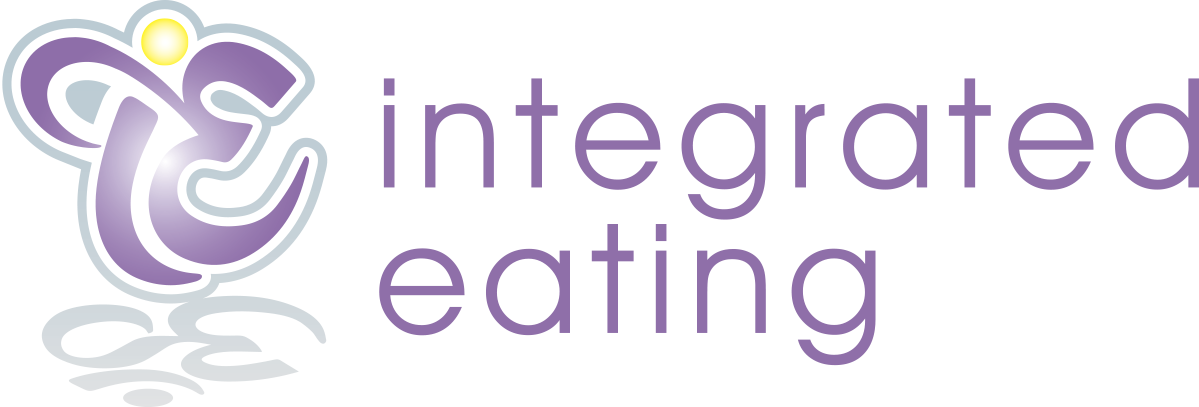In response to our country's most recent events concerning PIOC, as well as honoring LGBTQ Pride Month, this month’s Integrated Eating’s Recovery Research Wrap up blog is dedicated to the education of the prevalence of eating disorders in minorities.
What do eating disorder’s look like in POC and LGBTQ communities? Here’s a look at what we know so far.
Two years ago, during Eating Disorder Awareness Week, Psychology Today wrote an article about why people of color and those in the LGBTQ community were less likely to seek treatment than their Caucasian peers. Unfortunately, the article points out, that there is an innate assumption that EDs affect heterosexual females and are specifically noted as a “Caucasian female problem.” Because of this, EDs can go undiagnosed in these communities. Moreover, because of the challenges LGBTQ and minorities face, they may be at even greater risk - making what we do and what we stand for even more important.
According to research done by NEDA, beginning at 12 years of age; gay, lesbian and bisexual teenagers may be at higher risk for binge eating and purging compared to their heterosexual peers (Fuller, 2019). Statistics also show that African American and Hispanic teenagers have a higher prevalence of disordered eating patterns compared to Caucasian counterparts. Even if the numbers were equal, the treatment and access to care is NOT. This creates hurdles to access proper treatment. There is discrimination when it comes to providers. The issues that exist create this cycle as those without good insurance or private funds can’t afford proper treatment
NEDA published a study where providers looked at three cases; each with identical symptoms. One case was Caucasian, one was Hispanic, one was Black. 44% identified the Caucasian woman’s behavior as problematic; 41% identified the Hispanic woman’s behavior as problematic, and only 17% identified the Black woman’s behavior as problematic. The clinicians were also less likely to recommend that the Black woman should receive professional help (Fuller, 2019)”. WE MUST DO BETTER! Black teenagers are 50% more likely than white teenagers to exhibit bulimic behavior, such as binging and purging. Another study from 2002, found that when providers performed screening, 93% recognized ED symptoms if the pt was Caucasian but only 79% recognized ED symptoms if the pt was Hispanic or African American (Gordon et al, 2001).
Despite the statistics, it does deserve to be said that while we have the numbers, we want to work towards understanding the why. This way we can make changes, in practice and outreach.
What can we do as members of the Eating Disorder community?
Spread accurate, evidenced based information about what the facts are. Individuals of every race, age, color and sexual preference - suffer from eating disorders and they ALL deserve help.
Promote media that shows beauty at every size and color with rich diversity of all beings. It is our hope that the media can help us in this way.
Improve the access so that all people in need of treatment can receive ongoing support for eating and body issues.
As clinicians we must do our part. How can we look into our own biases and beliefs? How can we be curious about them and move into a more expanded view of how we address and treat PIOC and the LGBTQ communities.
Integrated Eating supports and stands in solidarity for racial equality, celebrates diversity and remains intolerant to injustices of any kind.
References
https://www.ndsu.edu/fileadmin/counseling/Eating_Disorders_in_Women_of_Color.pdf
https://www.stat.berkeley.edu/~hhuang/STAT152/Impact-of-Racial-Stereotypes.pdf

